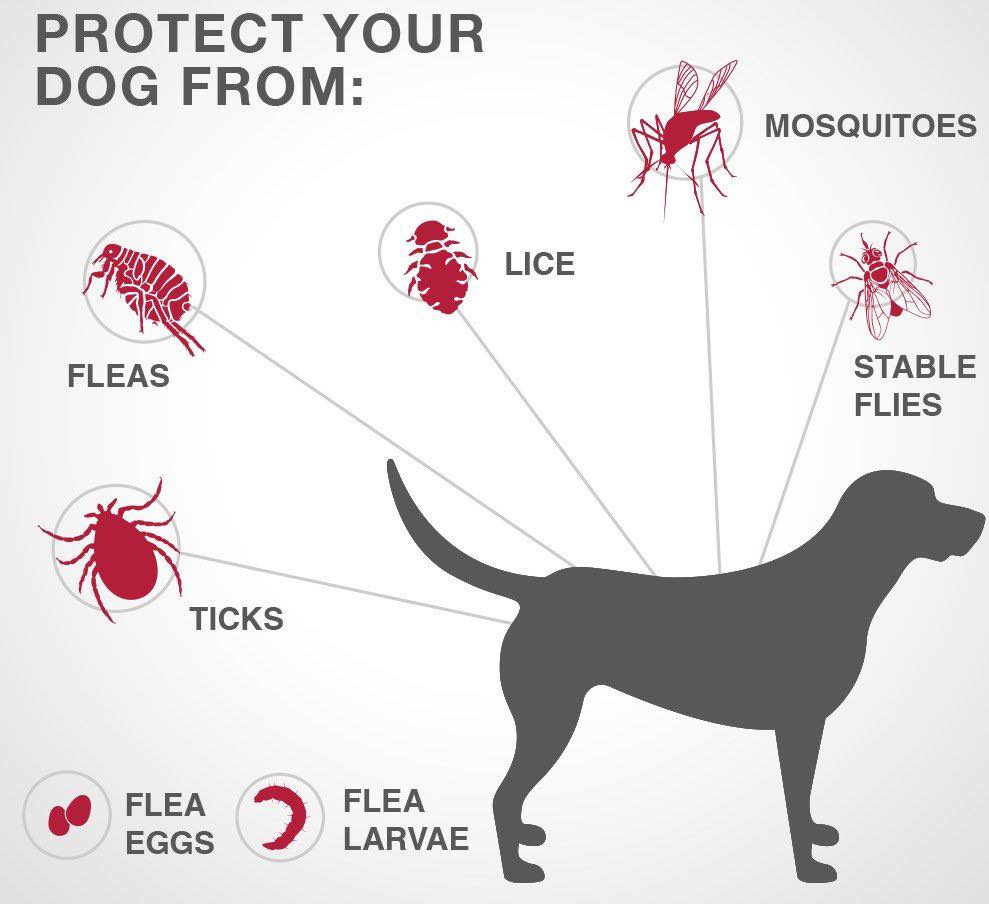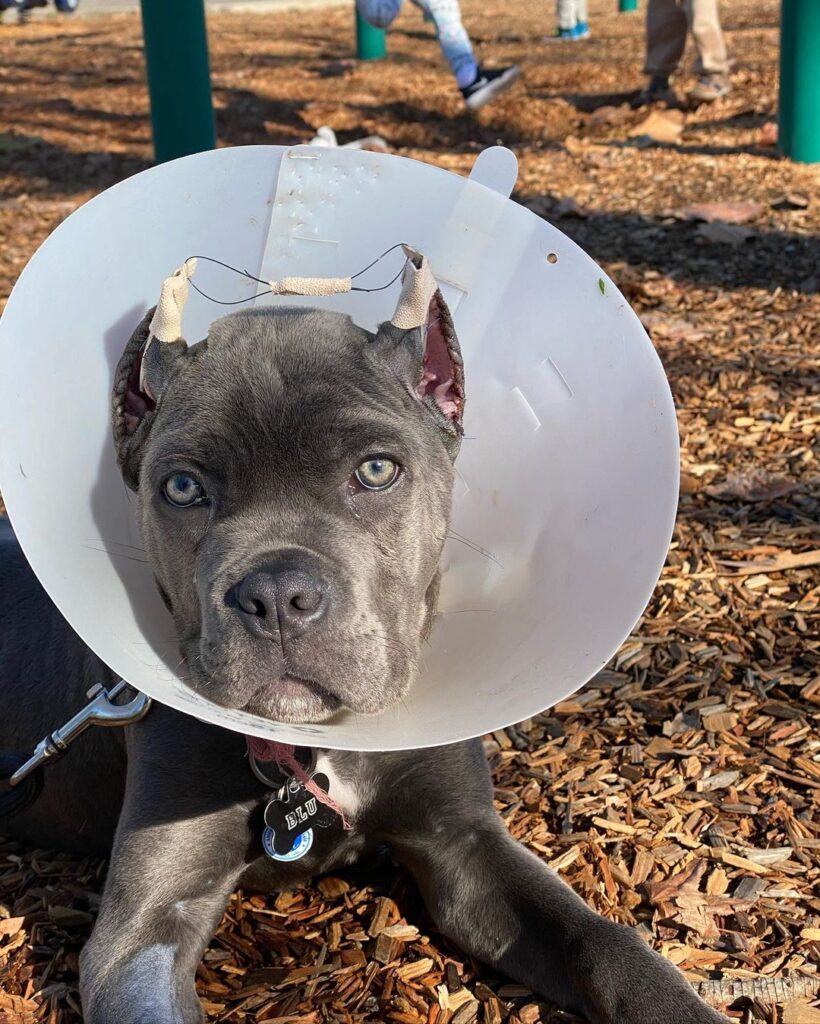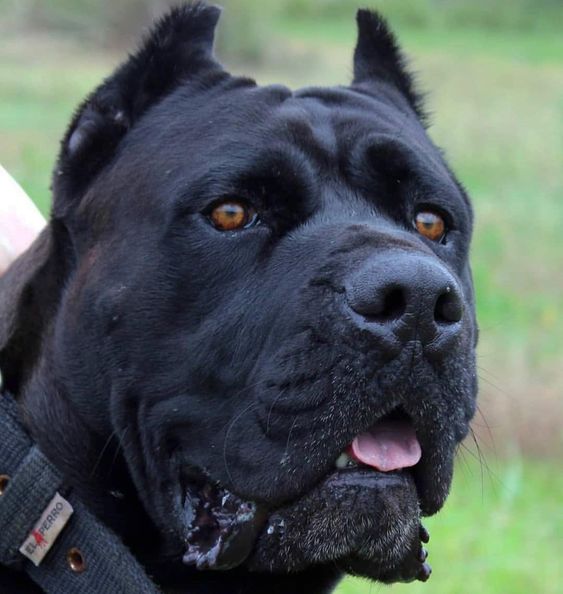
Ticks and fleas are not just a nuisance for your beloved Cane Corso; they can also pose serious health risks. Understanding these pesky parasites and knowing how to manage them is essential for your pet’s well-being. In this article, we’ll explore the world of ticks and fleas, how they find their way onto your Cane Corso’s skin, and the signs of infestation. We’ll also provide valuable tips on prevention and removal.
How Ticks and Fleas Come to Cane Corso Skin
Ticks and fleas are relentless hitchhikers, and they often find their way onto your Cane Corso’s skin through various means. Understanding these entry points can help you take proactive measures to protect your furry friend.
Introduction to Ticks and Fleas
Ticks and fleas are small, blood-sucking parasites that can infest your Cane Corso. Ticks are arachnids, while fleas are insects, but both thrive on the blood of mammals, including dogs. These parasites are not just a source of discomfort for your pet; they can transmit diseases and cause skin irritations.
What are ticks and fleas, and how do they affect my Cane Corso?
Ticks and fleas are more than just annoying pests. Ticks can transmit diseases like Lyme disease, anaplasmosis, and ehrlichiosis, while fleas can cause allergic reactions, dermatitis, and anemia. Understanding the potential health risks is crucial for proactive management.
How Do Ticks and Fleas Infest My Cane Corso?
Ticks and fleas can find their way onto your Cane Corso through various routes. They often lurk in grassy areas, waiting for a passing host. Your pet can pick them up during outdoor activities, and they can also hitch a ride on other animals, including wildlife or even your shoes and clothing.
Signs of Tick and Flea Infestation
Recognizing the signs of tick and flea infestation is vital for early intervention. Keep an eye out for symptoms such as excessive scratching, hair loss, redness or inflammation, and visible parasites on your Cane Corso’s skin.
5 Steps Process of Removing Ticks and Fleas from Cane Corso Skin
Keeping your Cane Corso tick and flea-free is vital for their health and comfort. When it comes to tackling these pesky parasites, a systematic approach is key. In this article, we’ll guide you through the five essential steps to safely and effectively remove ticks and fleas from your Cane Corso’s skin.
Step 1: Gathering the Right Tools
Before you start the removal process, it’s crucial to assemble the necessary tools. Having the right equipment on hand ensures a smooth and safe experience for both you and your furry friend. These tools typically include fine-tipped tweezers, gloves, a magnifying glass, antiseptic solution, and a container for the parasites. Being prepared sets the stage for success.
Step 2: Preparing Your Cane Corso
Your Cane Corso’s comfort and cooperation are paramount during tick and flea removal. To prepare your pet, find a quiet, well-lit area where you can work without distractions. Comfort your dog with gentle words and treats, creating a positive association with the process. If necessary, enlist the help of a friend or family member to hold your pet steady while you work.
Step 3: Identifying and Locating the Parasites
Understanding the anatomy of ticks and fleas is crucial for effective removal. Use a magnifying glass to identify the parasites accurately. Ticks often bury their heads under the skin, while fleas scurry through your pet’s fur. Carefully locate and mark the parasites’ positions before proceeding.
Step 4: Safe Removal Techniques
When removing ticks, grasp the tick’s head with fine-tipped tweezers as close to the skin as possible. Gently and steadily pull the tick upward without twisting or squeezing. For fleas, use a flea comb to capture them, and then drown them in soapy water. Avoid using your fingers to remove ticks and fleas to minimize the risk of disease transmission.
Step 5: Aftercare and Preventive Measures
After successfully removing the parasites, it’s essential to provide aftercare for your Cane Corso. Clean the affected area with an antiseptic solution to prevent infection. Additionally, consider using tick and flea preventive products recommended by your veterinarian to safeguard your pet from future infestations.
How to Prevent Any Ticks and Fleas in the Future

Preventing ticks and fleas from infesting your Cane Corso is not just about removing them once they’ve appeared; it’s also about taking proactive measures to keep them at bay. In this article, we’ll explore effective strategies for preventing ticks and fleas from bothering your beloved pet in the first place.
Environmental Management
One of the key ways to prevent future tick and flea infestations is by managing your Cane Corso’s environment. Here’s how you can create a tick and flea-free zone for your furry friend:
Keeping Your Home Tick and Flea-Free
Regularly clean and vacuum your home, paying special attention to areas where your Cane Corso spends time. Wash your pet’s bedding and toys frequently. Consider using pet-friendly, non-toxic insecticides in and around your home, as recommended by your veterinarian.
Regular Grooming and Inspection
Regular grooming and inspection are essential components of tick and flea prevention. Here’s why they matter:
The Importance of Regular Grooming
Grooming your Cane Corso not only keeps them looking their best but also helps you detect ticks and fleas early. Brushing their fur regularly allows you to spot any unwelcome guests and remove them promptly.
Tick and Flea Preventive Products
Using preventive products is an effective way to safeguard your pet against ticks and fleas. However, it’s essential to do so safely and responsibly:
Using Preventive Products Safely
Consult your veterinarian before using any tick and flea preventive products on your Cane Corso. They can recommend the right products for your pet’s specific needs and provide guidance on correct usage. Always follow the instructions on the product label, and never use products designed for other animals.
FAQs
1. What are the health risks associated with tick and flea infestations in Cane Corsos?
Ticks and fleas can transmit diseases and cause skin irritations in Cane Corsos, leading to serious health issues if left untreated.
2. Can ticks and fleas affect my family’s health as well?
Yes, ticks and fleas can potentially bite and infest humans, posing health risks such as Lyme disease and allergic reactions.
3. How often should I check my Cane Corso for ticks and fleas?
Regularly inspect your Cane Corso’s skin for ticks and fleas, especially after outdoor activities, to catch infestations early.
4. Are there natural remedies for tick and flea prevention?
Some natural remedies like herbal shampoos and essential oils can help repel ticks and fleas, but consult your vet before use.
5. Can I use over-the-counter tick and flea products for dogs?
Consult your veterinarian before using any over-the-counter products to ensure they are safe and effective for your Cane Corso.
6. What should I do if I find a tick on my Cane Corso?
Use fine-tipped tweezers to grasp the tick’s head and carefully remove it. Avoid squeezing the tick’s body to prevent disease transmission.
7. Are there specific areas on my Cane Corso’s body where ticks and fleas are more likely to hide?
Ticks often attach around the ears, neck, and paws, while fleas can be found throughout the fur. Regularly check these areas.
8. Can I prevent ticks and fleas without using chemicals?
While natural methods can help, chemical preventives recommended by your vet are often more reliable in preventing infestations.
9. How can I treat my home for ticks and fleas if my Cane Corso has an infestation?
Thoroughly clean and vacuum your home, wash bedding, and consider professional pest control to eliminate infestations.
10. Are there any vaccines for tick and flea prevention in Cane Corsos?
There are no vaccines specifically for tick and flea prevention, but some vaccines may help prevent related diseases. Consult your vet for advice.
Conclusion
In conclusion, protecting your Cane Corso from the troubles of ticks and fleas isn’t just a one-time task but an ongoing commitment to their well-being. By understanding the various preventive measures at your disposal, you can create a safer, more comfortable environment for your furry companion.
Environmental management plays a crucial role in keeping your home tick and flea-free. Regular cleaning, vacuuming, and the use of pet-friendly insecticides can go a long way in reducing the risk of infestations. These efforts extend beyond your four walls to your outdoor spaces, ensuring that your Cane Corso can enjoy the great outdoors without worry.
With over 4 years of devoted companionship with my beloved Labrador Retriever, Robin, I have cultivated a deep understanding and expertise in all things canine. From training and behavior to health and well-being.


